What initially inspired you to pursue a career in wildlife photography and conservation?
The camera became my instrument to capture the untamed stories unfolding in the natural world. Each click was a moment frozen in time, a testament to the fragile yet resilient existence of these creatures. Witnessing the delicate balance of ecosystems and the interconnectedness of species fuelled a deep sense of responsibility within me. As I delved deeper into the realm of wildlife photography, the lens became my voice to advocate for the protection of endangered species and the preservation of their habitats. The more I witnessed the vulnerability of these animals, the more determined I became to use my art to inspire change.
Conservation, for me, is not just a concept; it’s a call to action. Through my lens, I aim to bridge the gap between humans and the natural world, fostering empathy and understanding. The hope is that each image serves as a wake-up call, a reminder that we are the stewards of this planet, entrusted with the duty to safeguard its most precious inhabitants.
In essence, my journey into wildlife photography and conservation is driven by a profound love for the wild, coupled with an unwavering commitment to being a visual storyteller for those who cannot speak for themselves. It’s a lifelong pursuit to capture the essence of our planet’s biodiversity and inspire a collective e fort to preserve it for generations to come.

Can you share a significant moment or experience that solidified your passion for wildlife and conservation?
My early journeys to the Masai Mara played a pivotal role in solidifying my dedication to wildlife photography and conservation. The Mara, renowned for its distinctive biodiversity and the annual migration, emerged as a living testament to the delicate equilibrium of nature. I came to recognize that the magnificent creatures, their migratory odysseys, and the Mara itself transcended from being mere subjects of my lens; they were ambassadors of the untamed wilderness, compelling us to safeguard it. The responsibility to capture and share these moments with the world seamlessly intertwined with my commitment to ensuring that future generations could revel in the same wonders that ignited my passion.
I firmly believe that the more people encounter my photos, the greater their interest in these extraordinary species grows, fostering a yearning to witness them in their natural habitats. This surge in interest draws more individuals to the Masai Mara, thereby supporting local communities. Community-based tourism initiatives play a pivotal role by generating employment, offering training opportunities, and empowering local residents to take pride in their natural heritage. Witnessing direct benefits from wildlife, communities are inclined to become stewards of their invaluable natural resources.
Tourism experiences centered around conservation, such as guided tours and interpretive programs, serve as catalysts for raising awareness among visitors regarding the critical need for conservation and sustainable practices. In essence, conservation through tourism establishes a symbiotic relationship, wherein the economic advantages derived from visitors directly contribute to the protection and preservation of the Masai Mara’s natural treasures. When managed responsibly, tourism evolves into a potent instrument for nurturing environmental stewardship and ensuring the enduring sustainability of this iconic ecosystem.
The impact of the experiences I lived in Masai Mara served as a catalyst, inspiring me to become an advocate for nature.

Your recent work has garnered a multitude of awards and recognition, notably for a breath-taking photograph. Could you elaborate on the backstory of that specific image? Furthermore, how have these accolades influenced you personally, as a photographer, and as a conservationist?
The picture of the Hoopoe that was taken in Dubai from Al Qudra Lakes has won 6 international awards. I spend most of my weekends taking pictures of the birds in Al Qudra Lakes. I wanted to test my new Nikon Z8 camera. So, my friend and I travelled to the lake where I noticed a Hoopoe occasionally catching its prey in the air and at other times on the ground. Additionally, I observed that each time it caught a prey, it flew in the same direction to a nearby tree. I spent a few days photographing this bird, and when I got home and looked over the pictures, I got the idea to photograph the bird against a background with light and dark sides to represent the dark and light sides of existence. The following day, I arrived a little earlier at the same location and waited for the ideal shot to occur.
The story of Al Qudra Lakes is a testament to successful conservation that deserves global recognition. Through the initiative of the Dubai government, over 100 lakes have been created in this desert locale – Al Qudra – UAE, transforming it into a veritable avian paradise. The site has evolved into a crucial stopover for migratory birds, drawing numerous species during their journeys. What was once a mere migration rest point has now blossomed into a thriving breeding habitat for a diverse array of bird species. The increasing number of birds at Al Qudra Lakes each day stands as a living testament to the triumph of conservation e forts, showcasing how thoughtful initiatives can turn a barren landscape into a flourishing haven for wildlife.

How has your background in wildlife photography influenced your approach to wildlife conservation?
My background in wildlife photography has profoundly shaped my approach to wildlife conservation. Through the lens of my camera, I’ve developed a deep connection with the natural world and its inhabitants. Capturing the beauty of wildlife in its natural habitat has not only fuelled my artistic passion but has also instilled in me a profound sense of responsibility.
As a wildlife photographer, I’ve witnessed the vulnerability of many species and the delicate balance of ecosystems. These experiences have translated into a heightened awareness of the urgent need for conservation. My photographs serve as more than just visual records; they are a means of storytelling. This storytelling aspect of wildlife photography has become a powerful tool for advocacy. I see my role not only as a documentarian but also as a communicator, sharing these stories with a broader audience to evoke a sense of wonder and concern.
Moreover, the technical skills acquired as a wildlife photographer, such as understanding animal behaviour, patience, and navigating diverse environments, have equipped me to contribute meaningfully to conservation initiatives. Whether through fundraising exhibitions, supporting local communities, educational programs, or direct involvement in conservation projects, I leverage my skills and platform to make a tangible impact. Through the art of photography, I strive to inspire others to appreciate, understand, and actively participate in the preservation of our planet’s biodiversity.
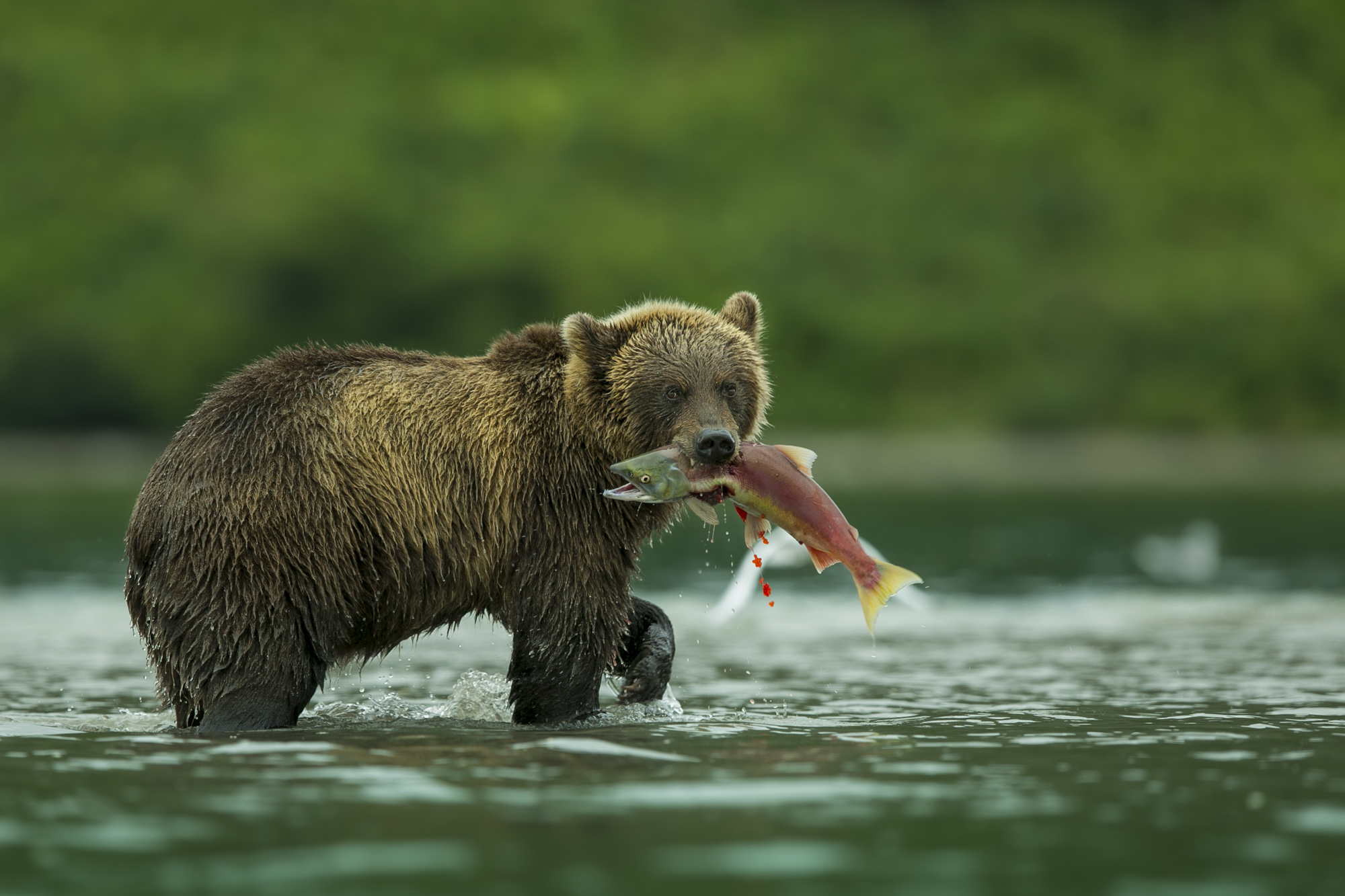
What do you consider your most challenging yet rewarding photography expedition or project to date?
Embarking on the quest to capture images of Snow Leopards and Pallas’s cat in the rugged landscapes of Mongolia proved to be one of my most formidable journeys. A lengthy 14-hour flight transported me from my familiar surroundings to the challenging climates of Mongolia, where the temperature plummeted from 40 degrees to a bone-chilling -30 degrees. Anticipating these adversities, I understood that the pursuit of rare and elusive species demanded such sacrifices. Both the Snow Leopard and Pallas’s cat face alarming declines in their wild populations, prompting dedicated conservation endeavours to safeguard their existence. This expedition represented a profound aspiration to witness these creatures in their natural habitats, and I consider myself fortunate to have observed and photographed them. The pinnacle of this remarkable experience was capturing an exquisite photograph of the Pallas’s cat, bathed in the glow of a stunning backlight, a moment that added a touch of magic to an already unforgettable journey.
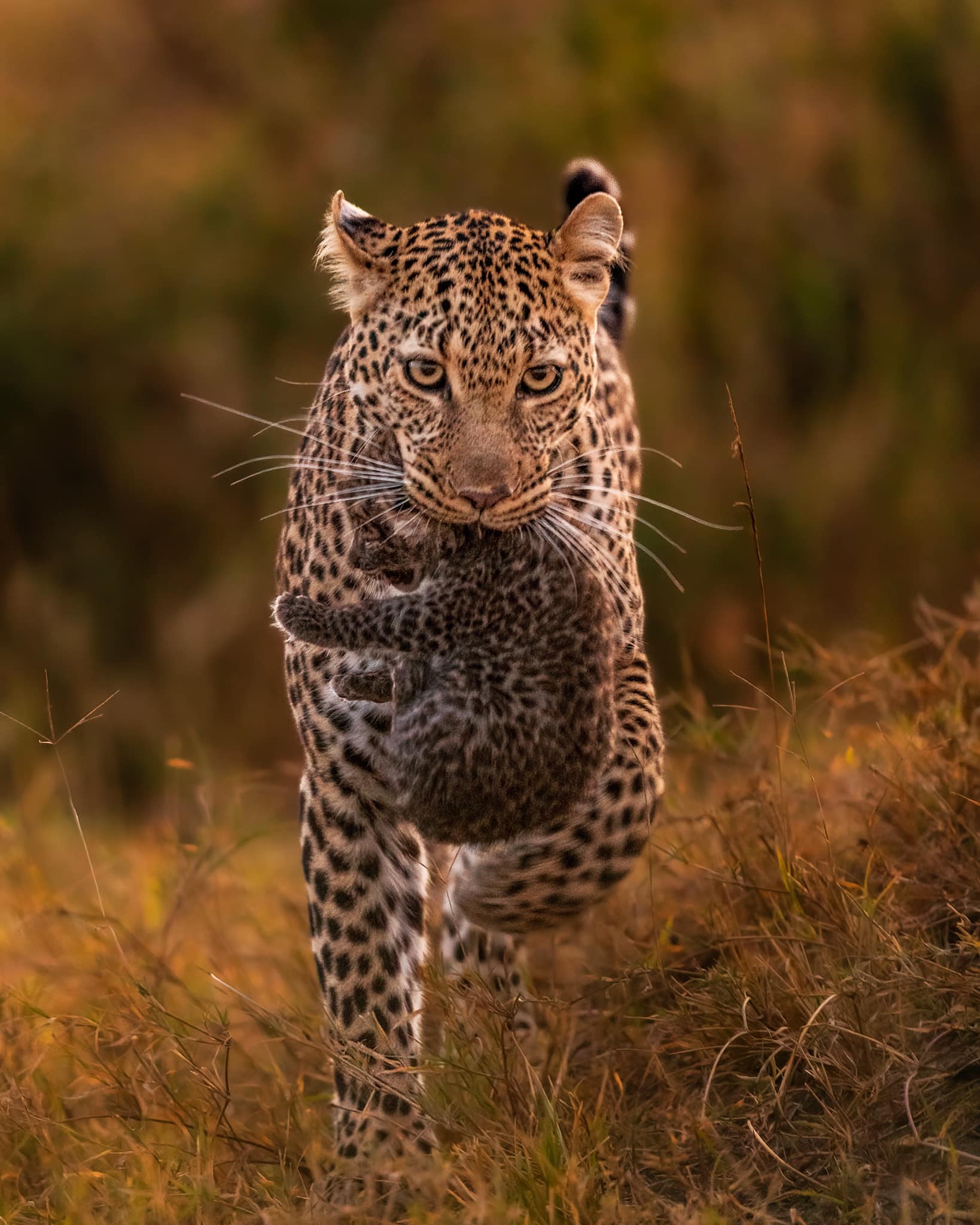
How do you balance the artistry of photography with the ethical considerations of wildlife conservation?
Balancing the artistry of photography with the ethical considerations of wildlife conservation is a delicate dance that requires a mindful and respectful approach. On one hand, my aim is to create visually stunning and emotionally resonant images that convey the essence of wildlife and their environments. This involves employing creative techniques, understanding lighting, and capturing the natural behaviours of animals to craft compelling narratives. However, this artistic pursuit is intricately intertwined with a profound sense of responsibility. Ethical considerations guide every aspect of my work, from maintaining a respectful distance to avoiding disruptions of natural behaviours. The well-being of the subjects takes precedence, and I prioritize minimal interference in their lives, ensuring that my presence does not contribute to stress or disturbances in their habitats.
In addition to on-field practices, ethical considerations extend to the dissemination of the final images. I am mindful of the potential impact my work can have on the subjects and their ecosystems. This involves refraining from disclosing sensitive locations, especially for vulnerable species, and avoiding images that may inadvertently contribute to unethical behaviour or harm to wildlife. The ethical framework surrounding my photography is a constant and evolving aspect of my practice, grounded in a commitment to preserving the integrity of the natural world and advocating for the well-being of the subjects that grace my photographs.
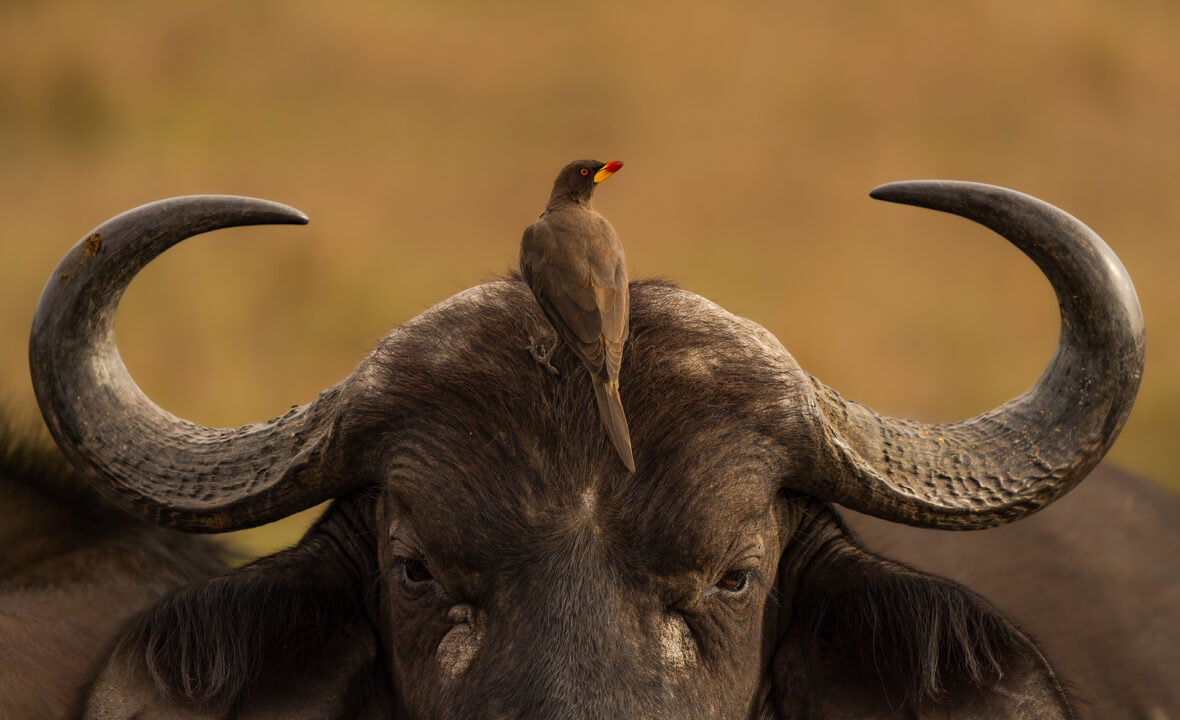
What advice would you give to emerging wildlife photographers seeking to make a positive impact in conservation through their work?
For emerging wildlife photographers aspiring to make a positive impact in conservation through their work, I would always advise them to keep the below points in mind:
Educate yourself to deepen your understanding of wildlife, ecosystems, and conservation issues. Knowledge is a powerful tool that enhances the authenticity and impact of your storytelling. Prioritize the well-being of wildlife and their habitats.
Practice ethical photography by maintaining a respectful distance, avoiding disruption to natural behaviours, and adhering to established ethical guidelines.
Your images should go beyond aesthetic appeal. Aim to tell compelling stories that evoke emotions and convey the interconnectedness of wildlife and their environments. Narratives with a conservation message resonate more powerfully.
Wildlife photography often requires time and patience. Be prepared for long hours of waiting and multiple attempts to capture the perfect shot. Patience is key to witnessing natural behaviors and interactions.
Leverage social media platforms to share your work and conservation messages. Engage with your audience, educate them about wildlife issues, and inspire positive action.
Stay informed about new developments in both photography techniques and conservation science. Attend workshops, read, and connect with fellow photographers and conservationists to expand your knowledge and skills.
Be conscious of the potential impact of your images. Understand that your photographs can influence public perception and behavior. Strive for a positive impact by conveying messages of conservation, stewardship, and respect for nature.
By combining a passion for wildlife photography with a commitment to conservation, emerging photographers have the potential to be influential advocates for the natural world. Remember that each image has the power to inspire change and contribute to the collective effort to protect our planet’s biodiversity.
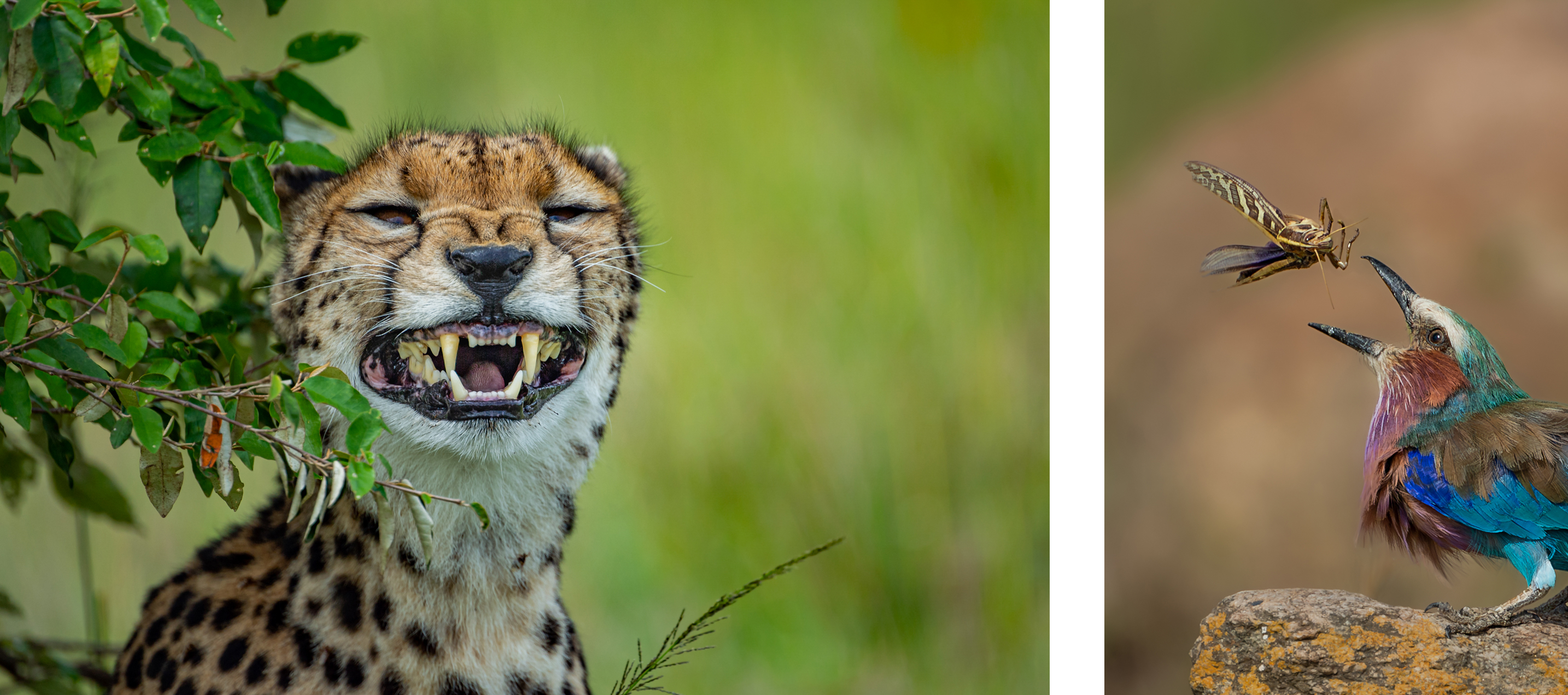
How do you choose the locations and species you focus on for your photography projects?
Selecting locations and species for my photography projects is a meticulous process that blends personal passion, conservation priorities, and a desire to tell meaningful stories. I prioritize locations recognized for their rich biodiversity and those facing conservation challenges. I seek out locations where I can capture unique behaviours or moments in the lives of animals. This could be the nurturing bond between parent and offspring, intricate mating rituals, or awe-inspiring migratory events. These moments add depth and emotion to my portfolio.
Thorough research precedes any project. This includes understanding the seasonal patterns of wildlife, migration routes, and the best times for photography. This meticulous planning ensures that I maximize my chances of capturing impactful and evocative images.

In your opinion, what role do photographers play in advancing wildlife conservation e forts on a global scale?
In my opinion, photographers play a pivotal role in advancing wildlife conservation e forts on a global scale. Our work extends beyond capturing visually appealing images; it serves as a potent medium for raising awareness, fostering connection, and driving positive change.
Photographs have the power to tell compelling stories that resonate with people emotionally. They can convey the beauty, vulnerability, and urgency of wildlife and conservation issues in a way that words alone often cannot. Through evocative imagery, photographers can evoke empathy and a sense of connection between viewers and wildlife. This emotional bond can inspire individuals to care about the well-being of animals and their habitats.
Photographers serve as visual storytellers who bring attention to critical conservation issues. By showcasing the magnificence of endangered species, the impact of habitat loss, or the consequences of poaching, photographers contribute to a broader understanding of the challenges facing our planet.
Collaboration between photographers and conservation organizations is a symbiotic relationship. Photographers can provide impactful visuals that enhance the storytelling capacity of these organizations, while conservation groups benefit from increased visibility and support.
Photographers can showcase successful conservation stories, illustrating that efforts to protect wildlife and habitats can yield positive results. This positive reinforcement encourages a sense of hope and reinforces the idea that individuals can make a difference.
Photographers contribute to public education by providing insights into the natural world. Their work can be used in educational materials, presentations, and exhibitions, enriching the understanding of diverse ecosystems and the importance of conservation.
In essence, photographers act as visual ambassadors for the natural world, influencing perspectives, attitudes, and behaviours on a global scale. By harnessing the emotional impact of their images, photographers have the capacity to drive the collective e fort towards a more sustainable and harmonious coexistence with the planet’s wildlife.

How do you use your photography to bridge the gap between people and nature, fostering a deeper connection to the natural world?
Through my lens, I strive to transcend the physical and emotional distance that often separates people from the natural world. Each photograph I capture is a deliberate attempt to bridge the gap by offering viewers a window into the intricacies of wildlife and their habitats. By crafting compelling visual narratives, I aim to evoke a sense of awe and wonder, fostering a curiosity that sparks a desire for a deeper connection with nature. Whether it’s an intimate portrait of a majestic creature or a sweeping landscape that showcases the delicate balance of ecosystems, my photography serves as a conduit for emotional engagement, encouraging individuals to see beyond the surface and appreciate the profound beauty inherent in the natural world.
Moreover, I view my role as not only that of a photographer but also as an educator and advocate. Accompanying my images with educational insights and conservation messages, I seek to empower viewers with knowledge about the challenges faced by wildlife and their environments. This additional layer of information serves to deepen the connection by instilling a sense of responsibility and a shared commitment to preserving the incredible biodiversity that graces our planet. Through these combined efforts, I aspire to inspire a lasting connection that goes beyond the visual, motivating individuals to actively participate in the conservation and appreciation of the natural world.




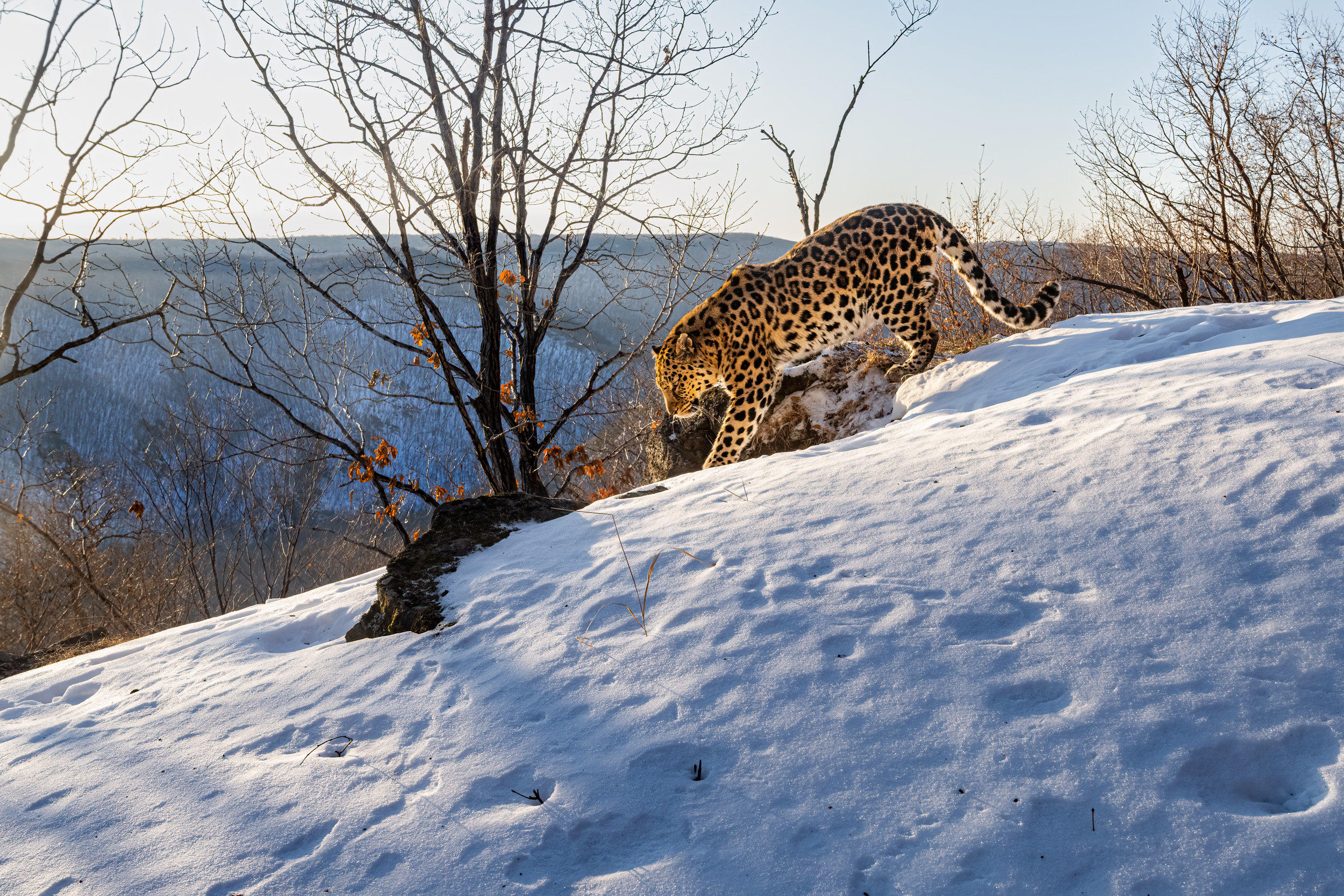

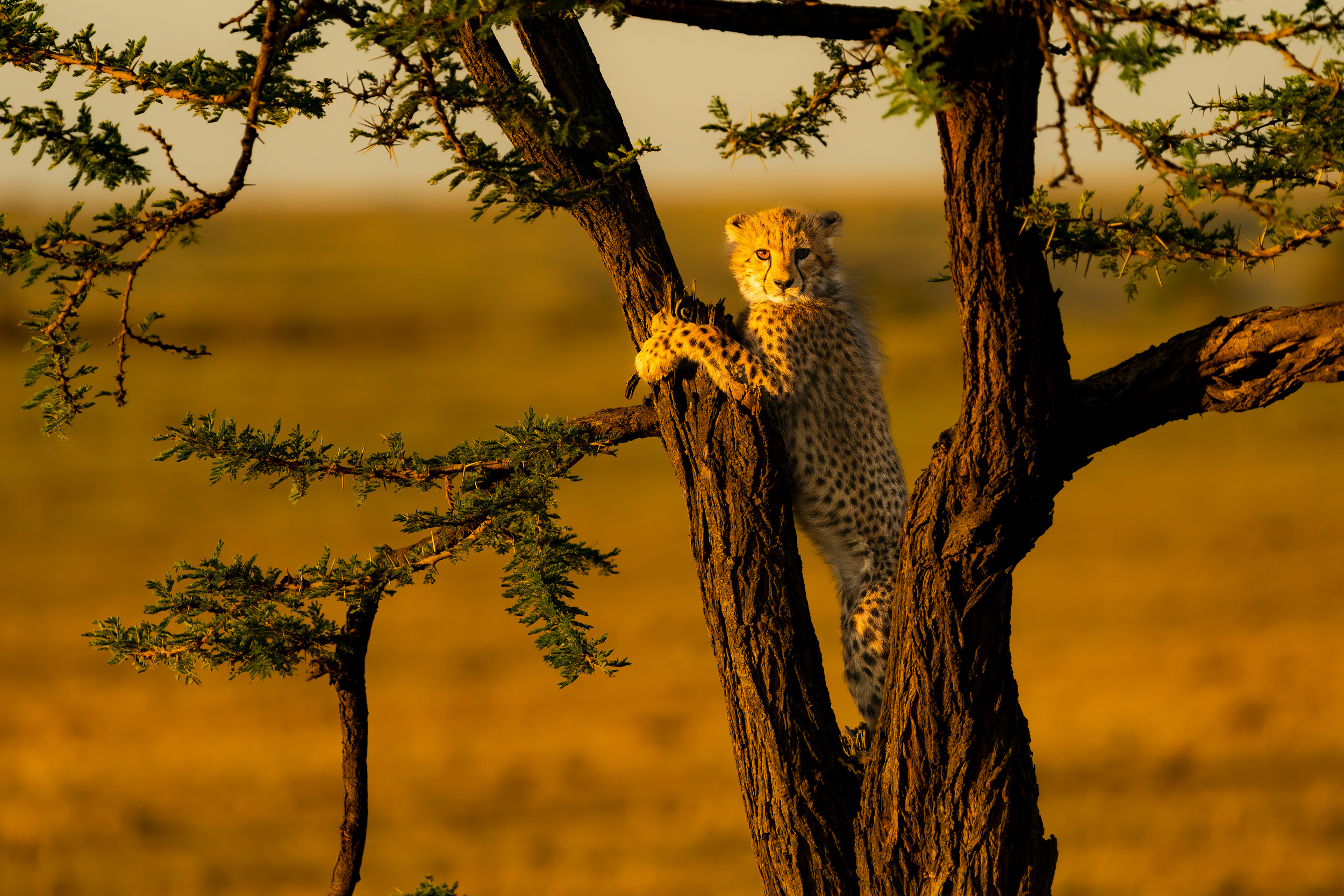



Hermis Haridas, an award-winning wildlife photographer and conservationist, is widely recognized for his exceptional talent in capturing the beauty and essence of the natural world. Hermis’ journey from a computer science graduate to a dedicated nature photographer and conservationist is an inspiring example of following one’s passion and making a positive impact on the world...
By Ata Hassanzadeh Dastforoush | Photos by Ata Hassanzadeh Dastforoush
PT Explorers 5 Minutes read
ReadEmail: email@pawstrails.com